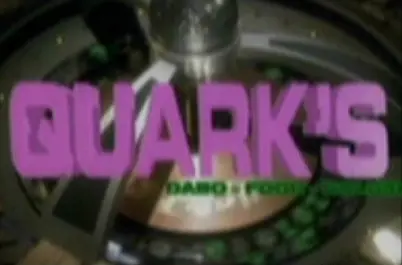

I wish there was a Lower Decks and VOY/DS9 version of this. However, I would cry a little having to design any PCB for that space, even if it’s as simple as registering a button or blinking an LED with a microcontroller.
Honestly, I’d be tempted to just do analog FM instead of Bluetooth and basically just make walkie-talkies. You could enable greater functionality, perhaps including Bluetooth support and being able to make voice commands, by having a “ship’s computer” that would just be a Raspberry Pi server or something with an FM receiver that could process the voice commands and route signals. You might have to hide it in a probe like a tricorder or a phaser while at cons, but if you’re just handing out Halloween candy or something like that, you shouldn’t have to worry.





I usually format my external drives to exFAT since it’s fully supported R/W on all major operating systems, in the slim chance I have to use macOS.
Still, no need for the OP to reformat their drive; NTFS tends to work just fine.